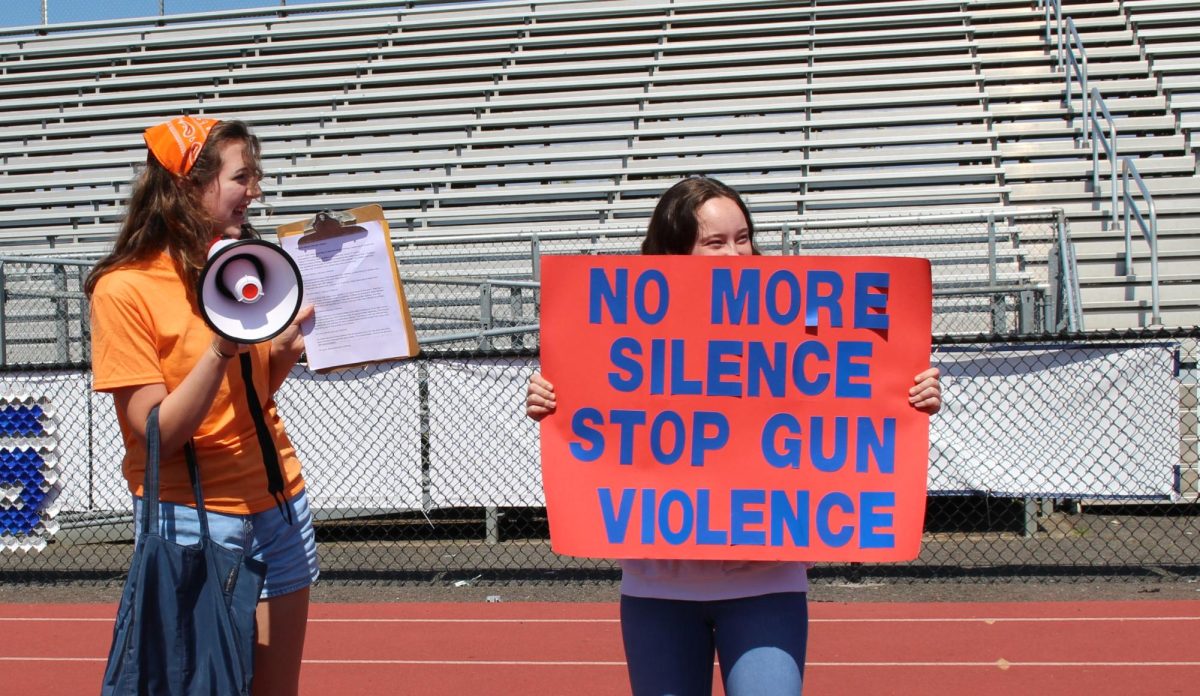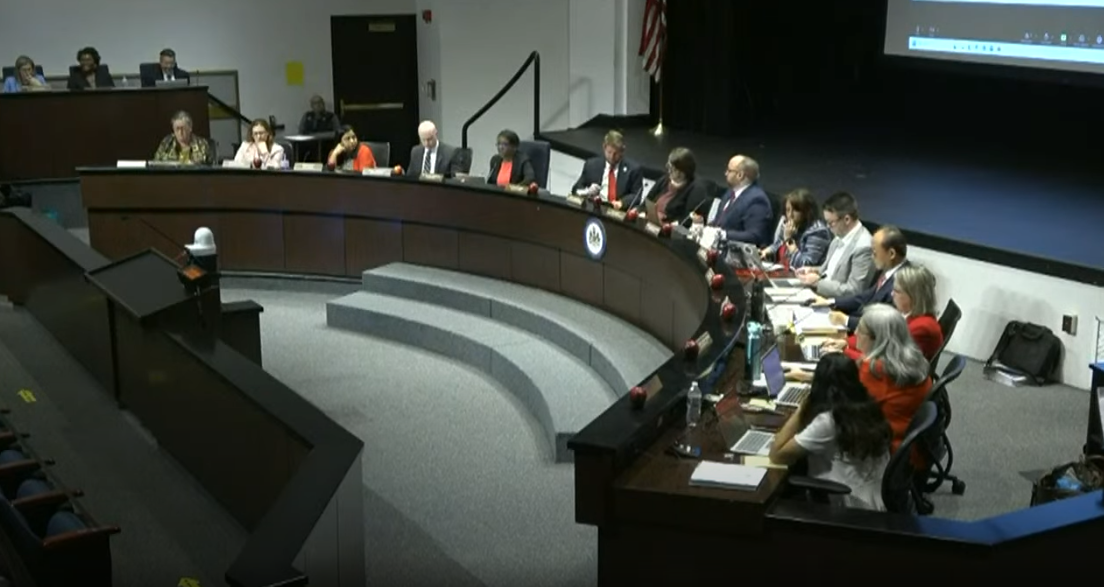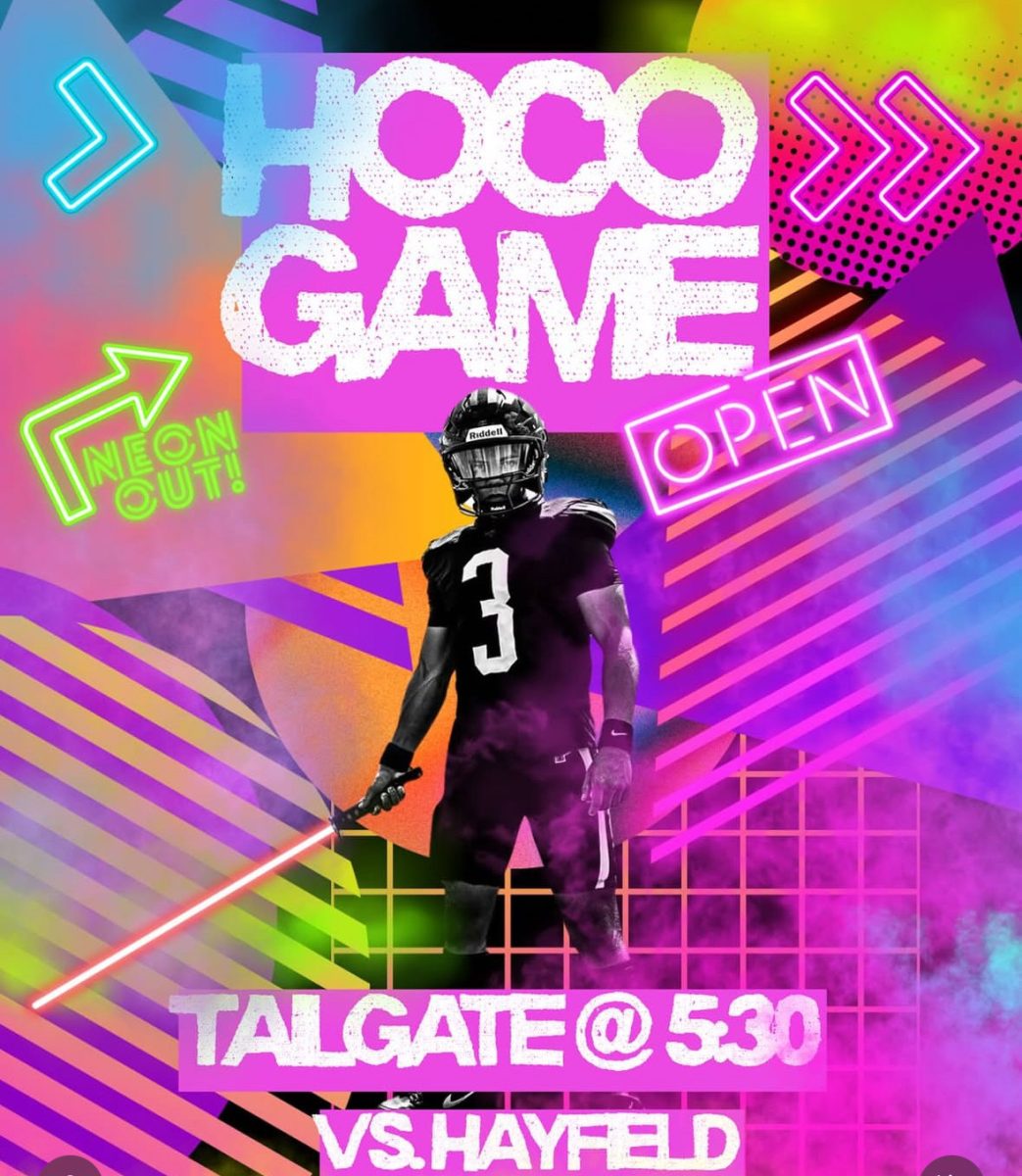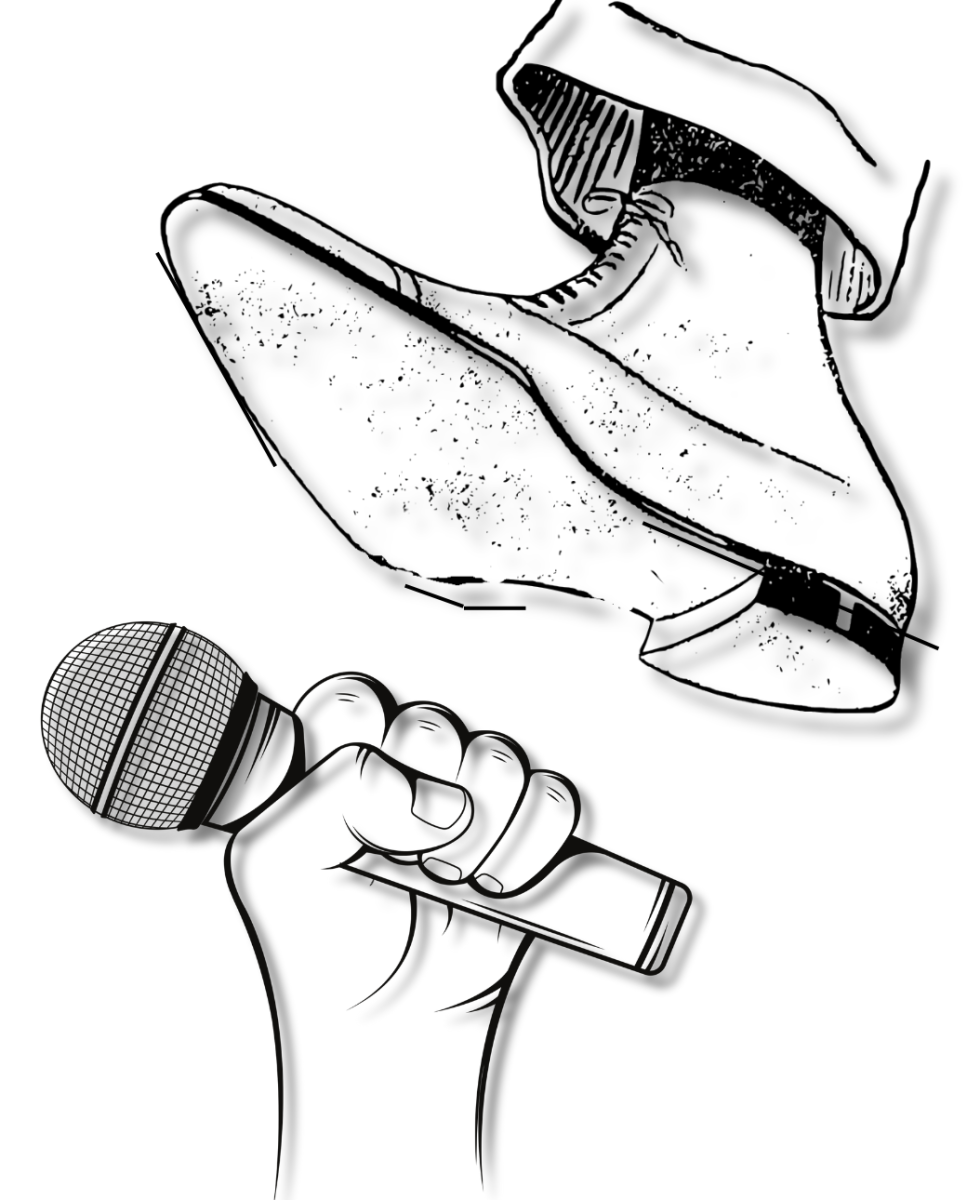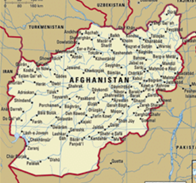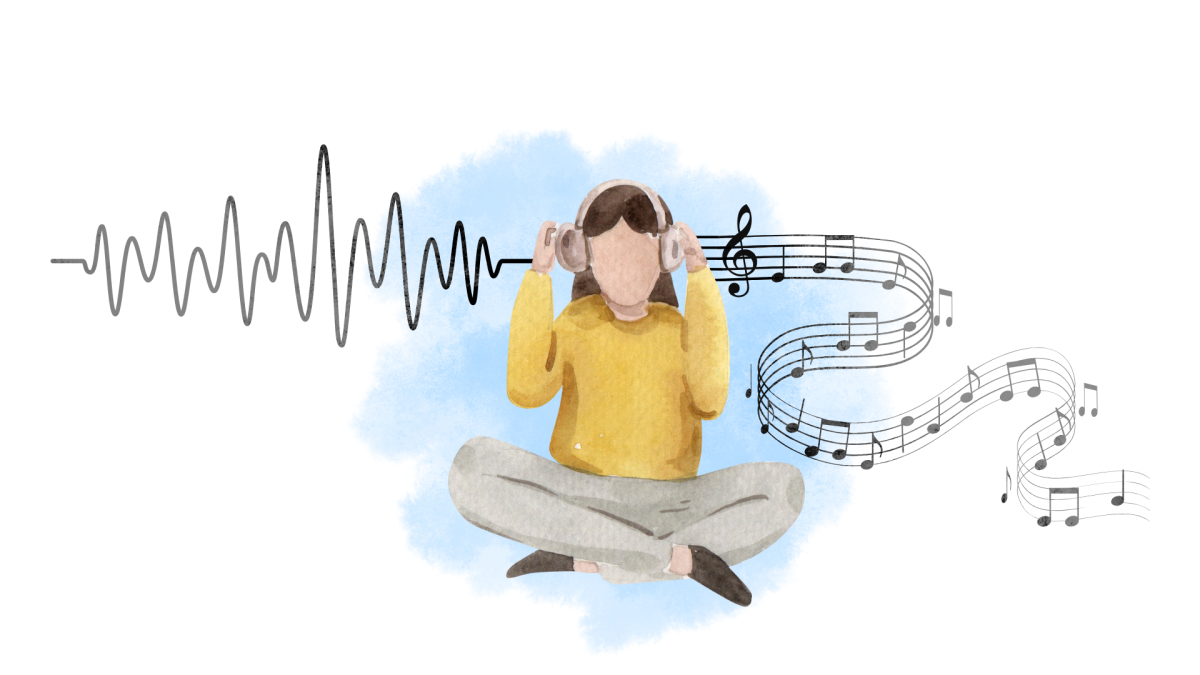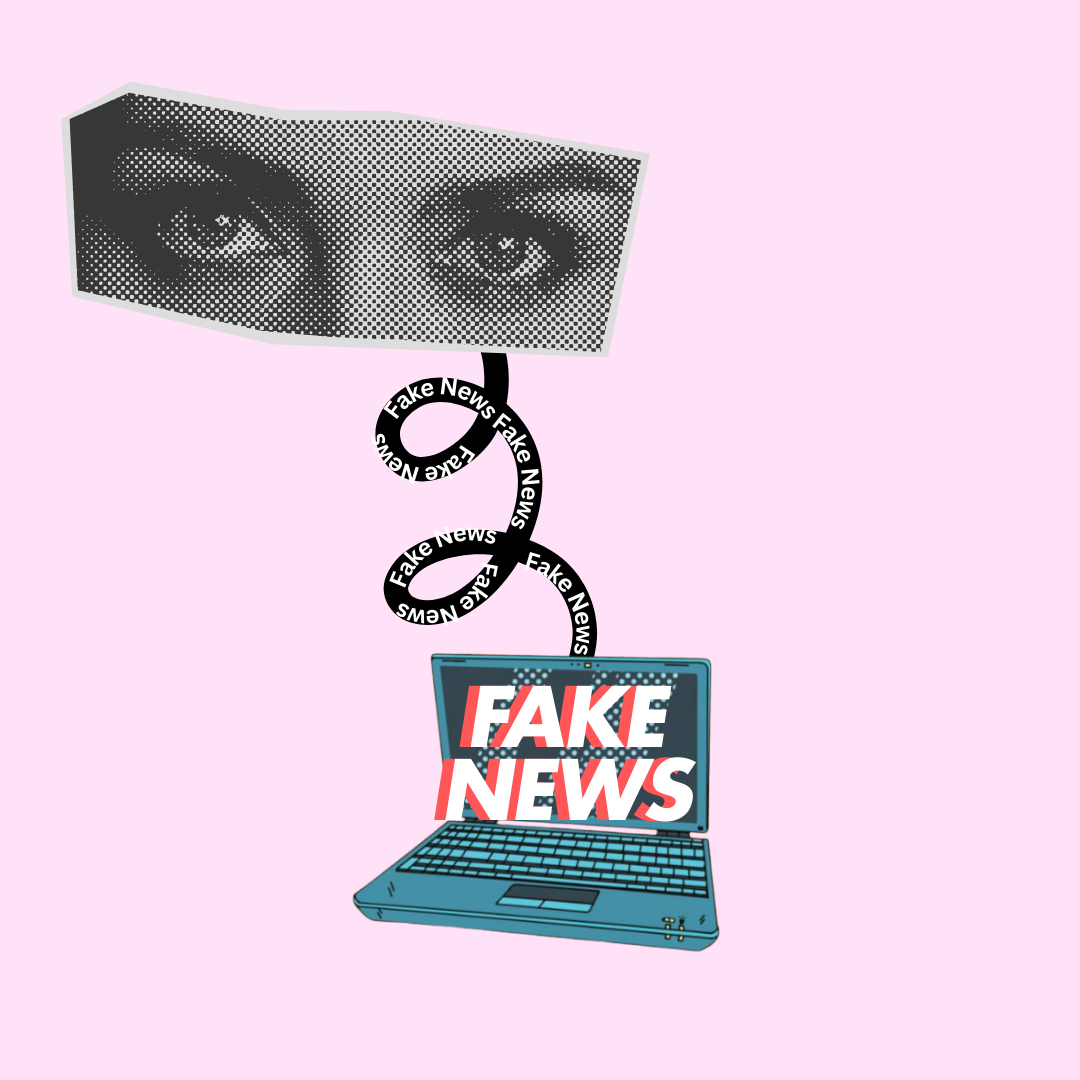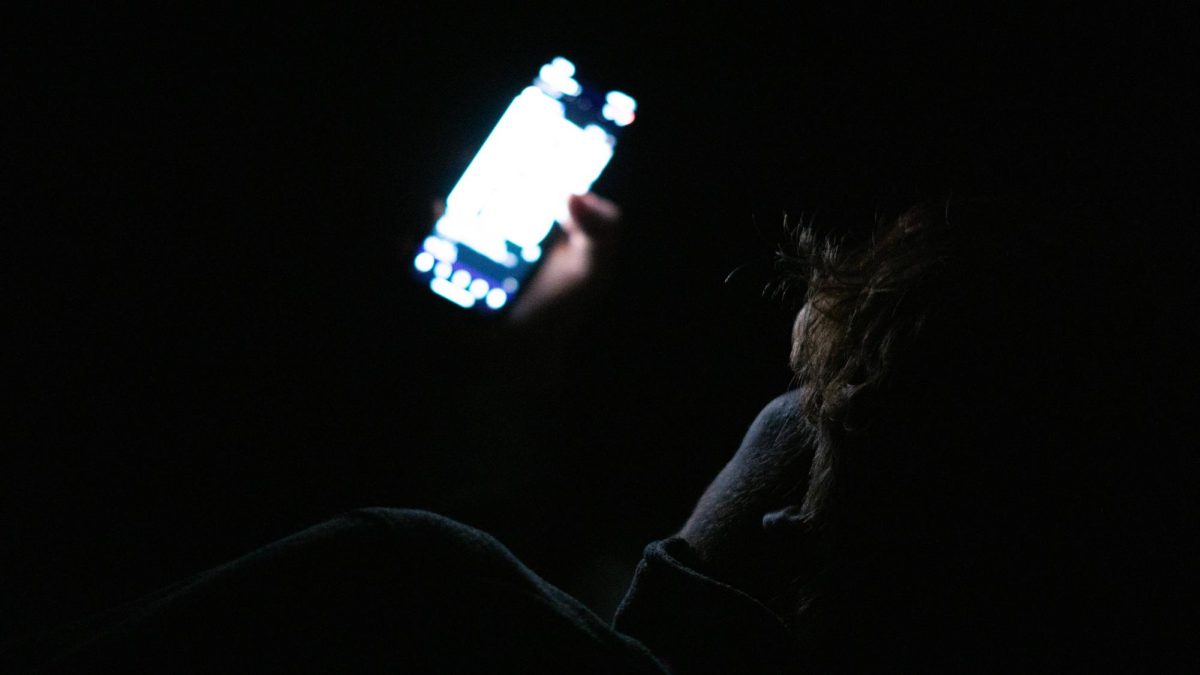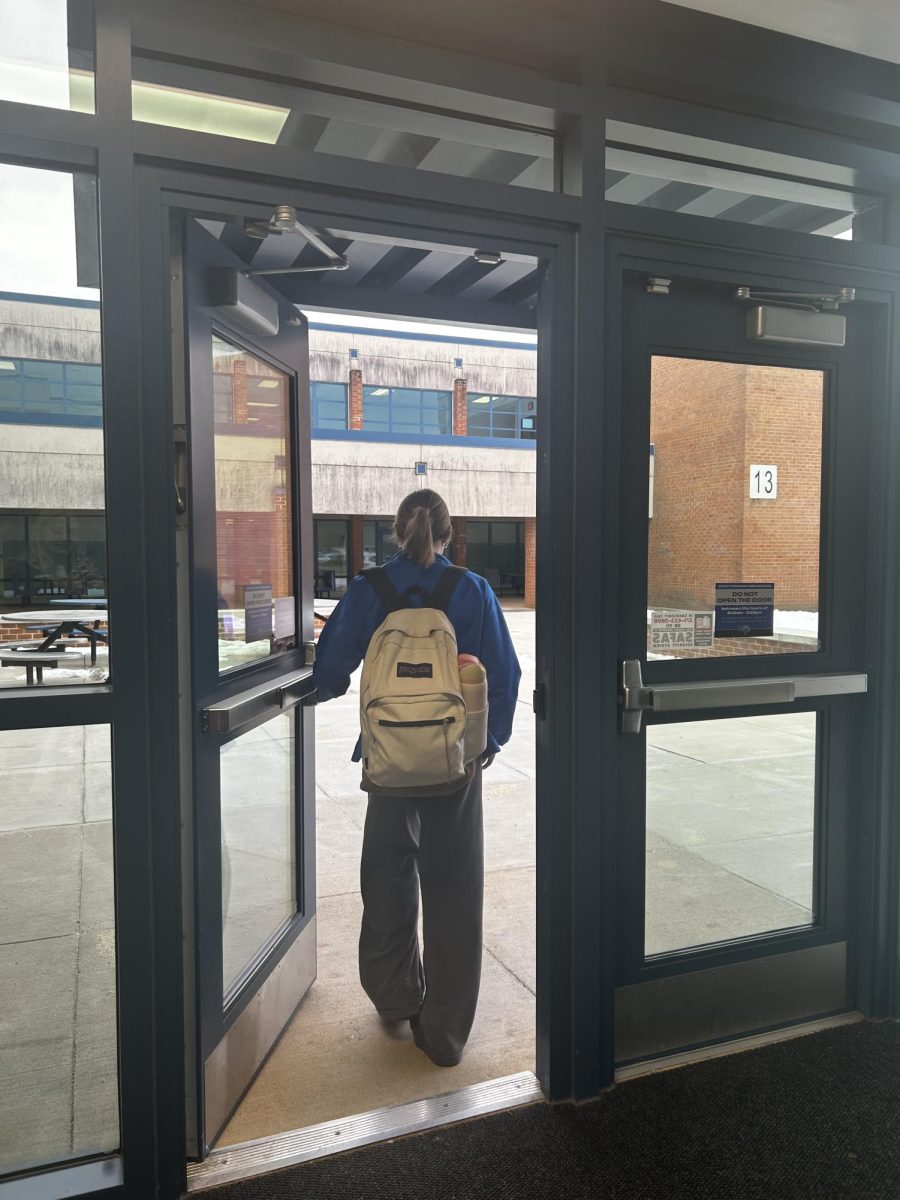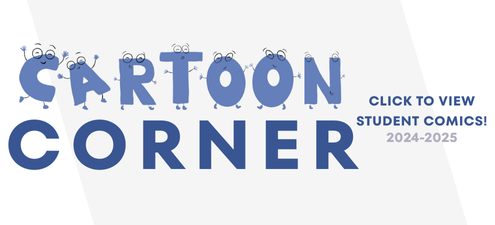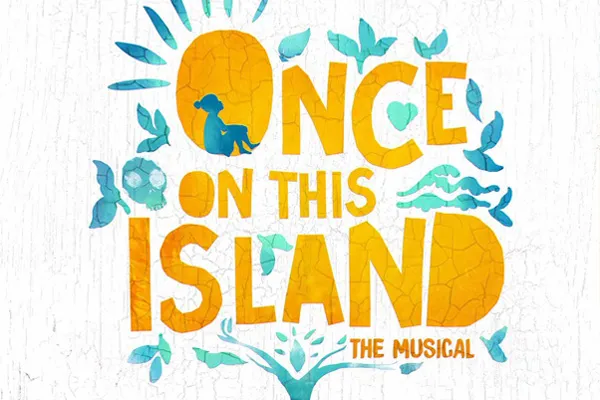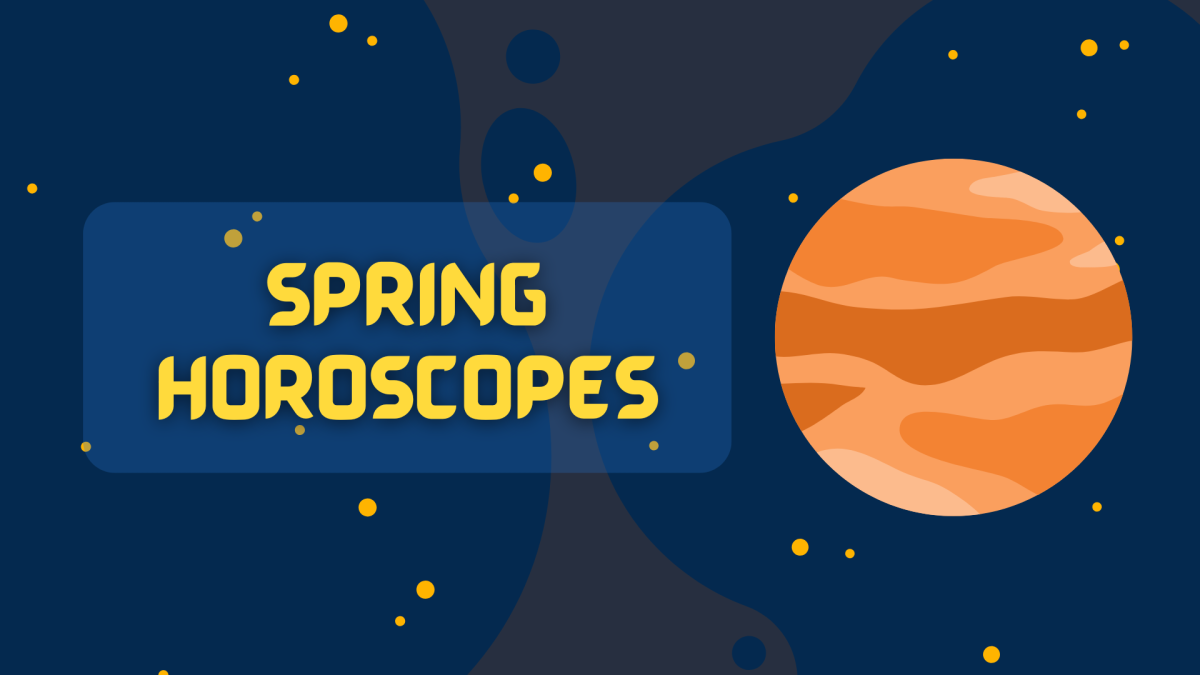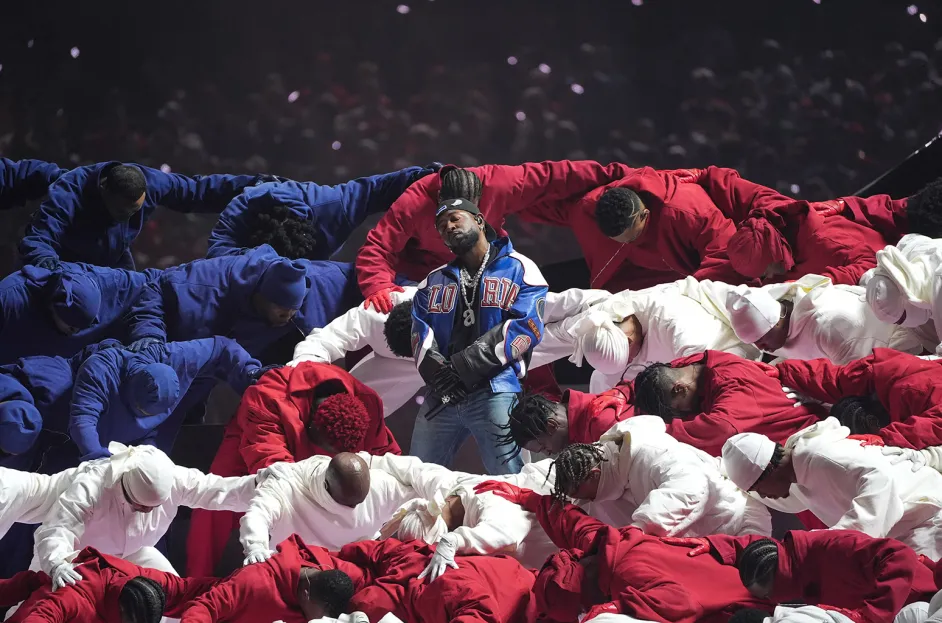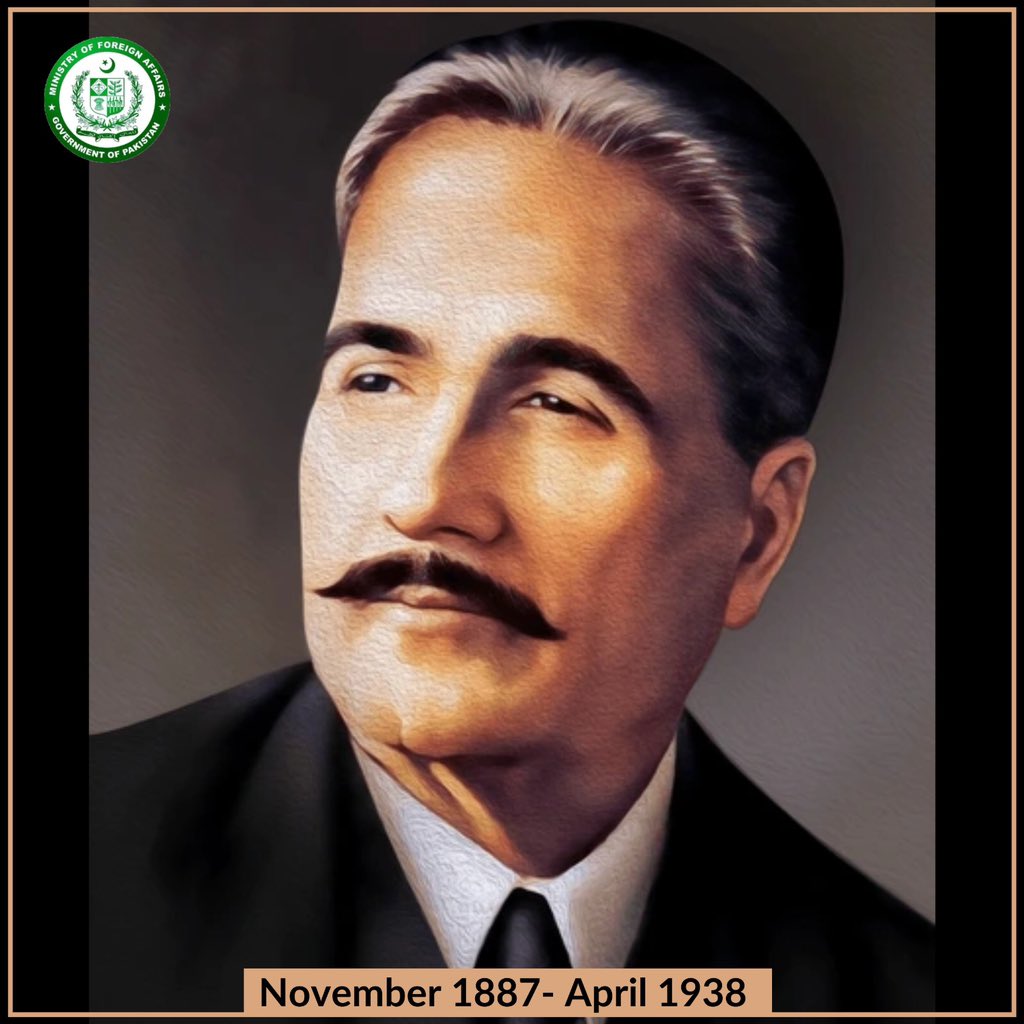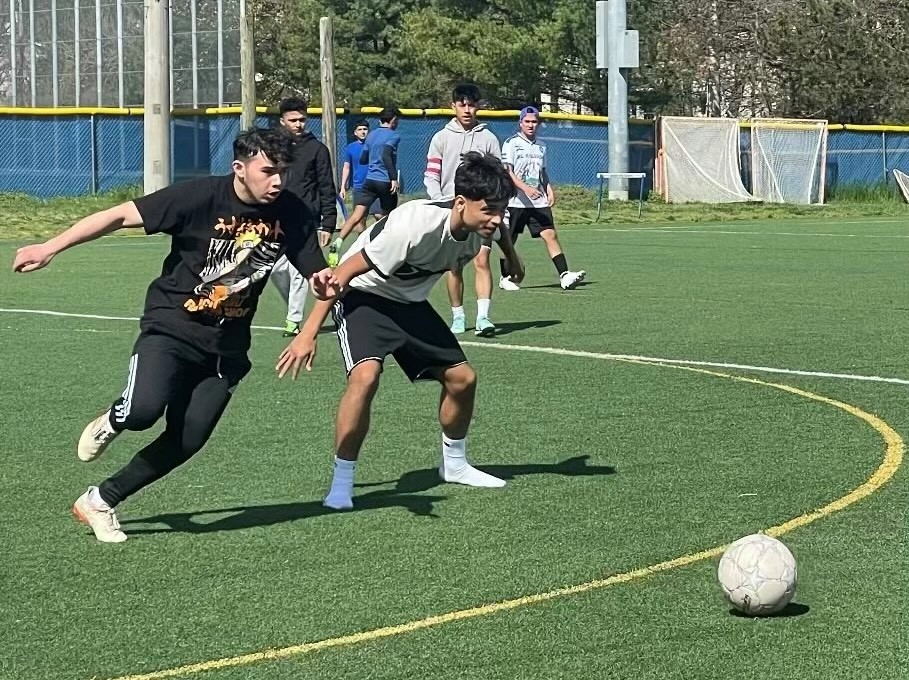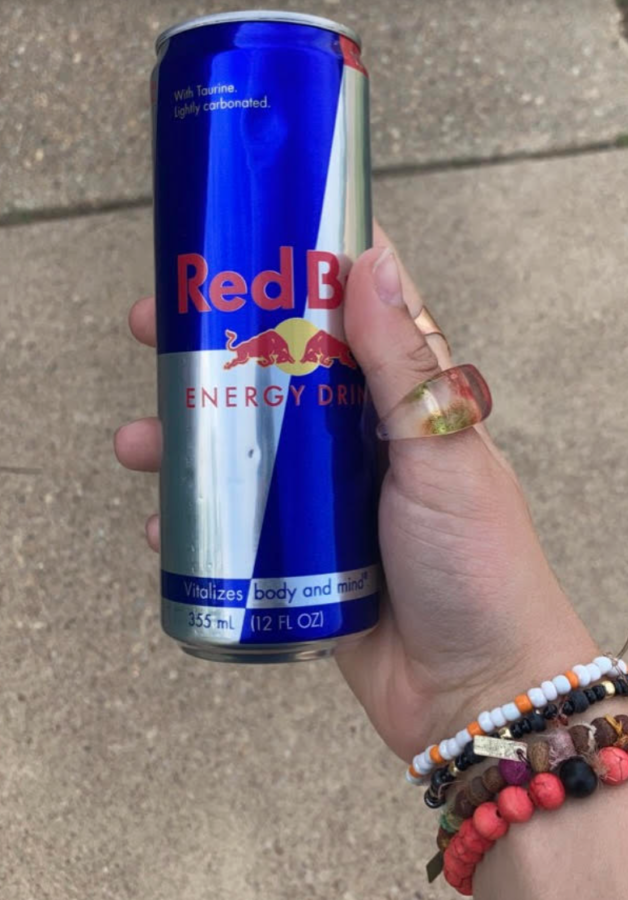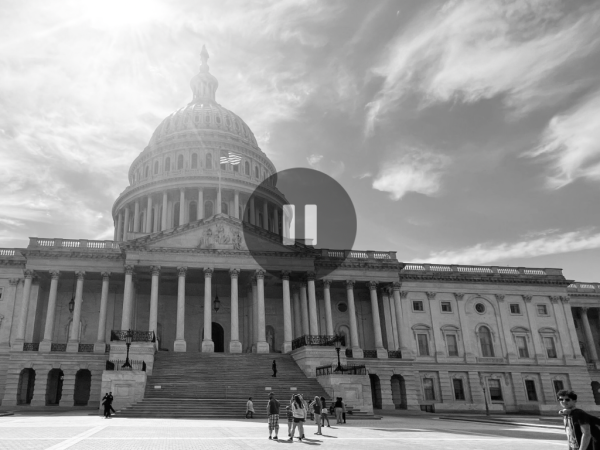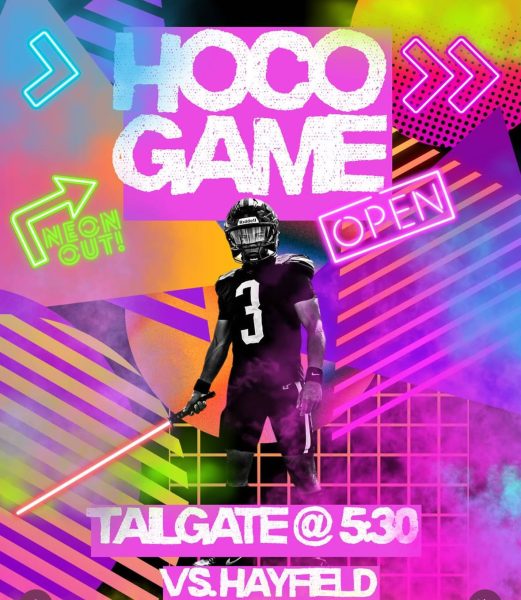Caffeine Culture Buzzes at West Po
Both Red Bull and coffee are in high demand as students finish the year and pull all-nighters trying to turn in late or missing work that’s long overdue. In order to complete all of their assignments, some chug Red Bull, Monster, coffee, espresso, whatever it takes to keep them up into the wee hours of the night and into the morning.
In a survey recently conducted by The WP Wire through West Po’s English classes, 68.4% of respondents ingest caffeinated beverages, and out of those 68.4%, 44.8% prefer coffee and 17.2% prefer energy drinks, making those two the preferred caffeinated beverages among West Potomac students.
The preferred beverages among students include Monster Energy, Celsius, and Red Bull. Originally a Thaiwanese drink called ““Krating Daeng,” Red Bull claims to give drinkers energy, or wings, and contains a variety of sugars, some B-group vitamins, and taurine, an amino acid found naturally in most living things. The human body already has 70 times the amount of taurine in it naturally compared to the amount found in a can of Red Bull, according to the official Red Bull website, redbull.com/us-en/. The amount of caffeine present in an 8.4 fluid ounce can of Red Bull is about 15 milligrams less than found in a regular cup of coffee, with a can of Red Bull only containing 80 mg whereas coffee has about 95 mg.
But what does all that caffeine do to teenage bodies? Even though Red Bull advertises their product as safe to ingest and healthy for the body, there is some stigma and controversy around energy drinks as a whole. A study published in the Journal of Addiction Medicine found that high consumption of energy drinks can lead to heart problems such as arrhythmia, an irregular heartbeat. An irregular heartbeat is concerning as blood and oxygen can not be transported to all parts of the body as effectively as it needs to be, which can be life threatening.
Despite this, students at West Potomac consume energy drinks and coffee, as regularly as one caffeinated beverage a day. According to the survey, 42.1% of respondents consume 1-2 caffeinated drinks a day, and 5.3% consume 3-4 beverages a day. That being said, students have mixed feelings about whether or not energy drinks and coffee are good for their bodies.
“I think it has it’s uses and benefits… I used to drink more cups of coffee per day and would have multiple caffeine crashes a day which did not help my well-being. Now, I drink only one or maybe two coffee type drinks a day which I think is a good medium level” [sic], a respondent said.
“It can be helpful when you really need it, but I think a lot of people have a dependency on it. “Caffeine culture” in America is different from other places,” a junior respondent said.
But not all students found that caffeine was particularly harmful. When asked about the benefits of caffeine, students said that it helped them stay awake, or increase their focus when they have assignments they need to complete.
The buzzword in the survey was moderation. Most students agreed that coffee, Red Bull, Monster, any type of caffeinated beverage was good to a certain extent, then becomes bad if people drink too much at a time.
When it came to drinking too much coffee, or drinking too much at certain parts of the day, students said they had trouble sleeping and were very restless. Five students reported that they cannot sleep, have trouble sleeping, or have inconsistent sleep if they drink coffee or energy drinks, regardless of how close it was to their bed time.
The inconsistent sleep schedule brought on by drinking caffeine late at night can drastically affect the body. According to the NIH MedLine Plus magazine, a new study found that an inconsistent sleep schedule can negatively impact the body’s metabolic functions, which puts people at risk for diseases such as diabetes. People who have a “broken sleep schedule” (as said by the students of West Potomac) have reduced insulin sensitivity, meaning that their ability to process sugar is diminished, which can result in a lack of physical activity because the person does not have enough energy to do anything.
Carlie Erlandson is currently attending her first year at West Potomac High School as a junior. Fresh from the mountains of Colorado, Carlie has just moved...





